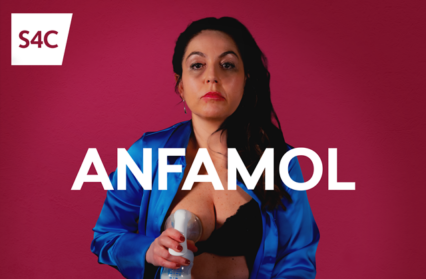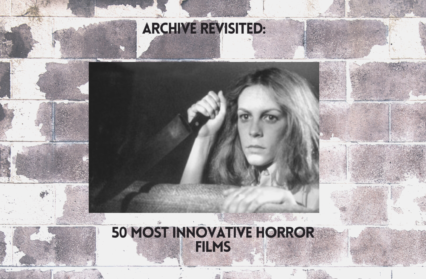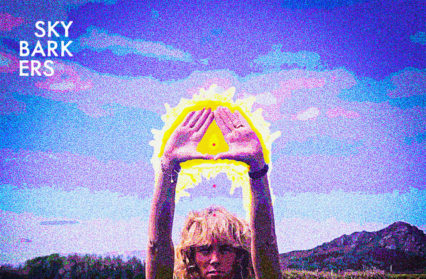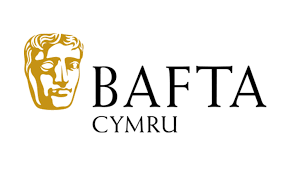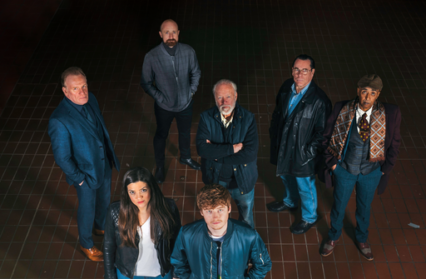To celebrate the DVD release of Canaries, we caught up with the film’s writer-director, Peter Stray, to hear his reflections on the film four years on from its initial release.
What was it like growing up in Swansea and what first sparked your love of film?
Peter Stray: I’m the son of a couple of super-smart liberal academics, in fact I’m the artistic black sheep of the family. Everyone else – parents, aunts, uncles and cousins – have books, essays and papers published, whereas I’ve got a DVD on Amazon!
I was bullied a bit in school for being an arty nerd, but I found solace in a weekend youth theatre group and later in a performing arts course. Swansea itself is a nice place to grow up, plenty of parks, woodland and seaside adventures; good stuff for nurturing the imagination.
Canaries was your writing and directorial debut, what came first, the decision to set the film in Wales or the idea for the story itself?
Peter Stray: I had a dream with figures in yellow rain macs against a stark valley landscape. Even though I lived in the US I knew I wanted to make this image come to life in Wales. The story really took root from the visuals in that dream.
You shot in a pretty eclectic range of locations while filming Canaries; from Cwmtwrch to Vietnam to Martha’s Vineyard (a filming location for Jaws). Do you think having a scattering of scenes outside of Wales was important to contrast with the small-town feel of the film?
Peter Stray: The opening structure of scenes for the film was inspired by Close Encounters Of The Third Kind – we follow different alien incidents around the US and the rest of the world, and eventually land on our hero, Richard Dreyfuss, in suburbia. I had contacts and friends on Martha’s Vineyard, luckily, so we were able to utilize some terrific locations there both as a visually striking location and as a nod to classic ‘70’s Spielberg.
It also served as a visual juxtaposition with Cwmtwrch, and I got great joy from cutting from famous locations like the ferry on Martha’s Vineyard (where Chief Brody talks with the mayor in Jaws) to a lovely Welsh town which had never been captured on film before!

You were working with a smaller budget on Canaries, but in scope, the film covers a lot of ground, from an action-packed plot to high sci-fi/horror concepts. How did you work within your budget limitations?
Peter Stray: We begged, borrowed and (luckily) didn’t need to steal – but we got amazing donations and mates-rates from our tremendous artists and crew who were all being paid much less than they’re worth. They liked my script and Craig Russell, our amazing producer (and actor), had some great contacts.
Oscar-winning effects company Milk VFX created some UFOs I’d designed and came back with some beautiful shots for next-to-nothing. Musical artists donated tracks. Local folks in Cwmtwrch let us film in houses, streets and pubs. Kevin McCurdy, who has worked on some very high profile projects, brought in an amazing team of actor/stunt people to handle our fight scenes.
As to working within the budget, that’s where design and planning shots hopefully becomes useful – and also where suspense and horror are your friend – keeping things in the shadows is necessary because of the budget, but also adds to the overall tension and scare-factor.
Canaries has frequently been compared to Shaun of the Dead – and you’ve mentioned yourself that you’ve been inspired by films which dance the boundaries of genre – how important was it that Canaries was set in the valleys?
Peter Stray: I think Wales hasn’t had enough airtime ‘playing itself’ on film. A valley location is important both for the beauty visually but also for the sense of isolation. As for the genre-bending, I loved the idea of seeing how a bunch of drunken Welsh mates would deal with an alien invasion, as opposed to the soldiers or cops we’re so used to seeing in big blockbuster productions.
You’ve described Canaries as a ‘sciforroromedy’ – what makes those genres blend well together, and why were you drawn to them rather than, say, a straight sci-fi or horror story?
Peter Stray: I love the straight genre-pieces too and have some of those optioned and in development as scripts. For my first outing though, I wanted to have the audience laugh as well as jump with fright. There’s a wonderful release in that.
Shaun Of The Dead has been the most obvious comparison with Canaries, but the first time I had that laugh-jump experience was when I discovered The Lost Boys as a teenager. I loved the characters – but also that it wasn’t a spoof like Naked Gun or Spaceballs – it played the horror element seriously, which in turn made some of the reactions from the characters even funnier. That’s what I was going for with Canaries.
Canaries has just been released on DVD, but it first came out in 2017, what reflections do you have on the film four years later?
Peter Stray: Many filmmakers talk about the confidence of youth when it comes to making their first feature, and I was no exception! I was really throwing the kitchen sink at the film in terms of ideas. I look back and I don’t see a perfect film – of course there are things I would change and do differently. But I am very proud of it, and so grateful for what Craig, Dom (Dominique Dauwe) – our executive producer – and the whole team helped make happen.
Now, I’m currently at work on a horror with some comedic elements – and a much simpler plot! – to shoot in Swansea. Craig and I are working with a multi-BAFTA winning producer who loved the script and is acting as a mentor. Obviously, COVID has slowed down development but we’re using the time to refine the script and get some concept art done to attract more financing, so, ultimately, that extra time might be an advantage. Watch this space.
Canaries is available now on DVD.
Recommended for you…
Jean-Luc Godard and the Cinema of Reality – Paul Chambers looks at the impact and influence of the seminal director’s work.


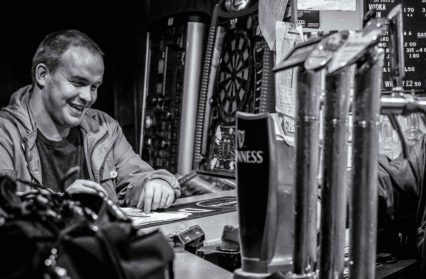
 Enjoyed this article? Support our writers directly by buying them a coffee and clicking this link.
Enjoyed this article? Support our writers directly by buying them a coffee and clicking this link.

